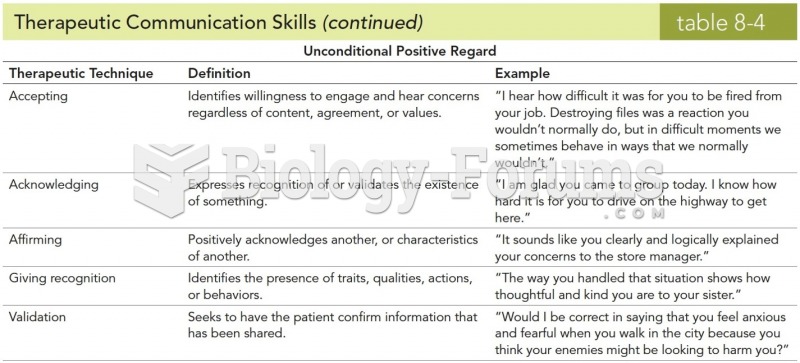|
|
|
Did you know?
Each year in the United States, there are approximately six million pregnancies. This means that at any one time, about 4% of women in the United States are pregnant.
Did you know?
There are more bacteria in your mouth than there are people in the world.
Did you know?
If all the neurons in the human body were lined up, they would stretch more than 600 miles.
Did you know?
Thyroid conditions may make getting pregnant impossible.
Did you know?
The human body produces and destroys 15 million blood cells every second.






